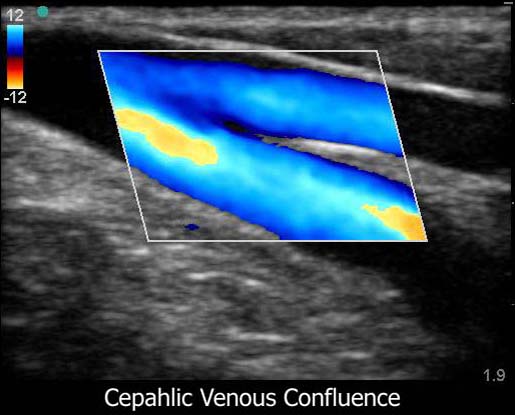There are 9 more days left in 2011 to take advantage of the Small Business Job Act of 2010. This is called Section179 Tax Deduction, and applies to both new and used equipment, purchased by small business. According to Section179.org it's explained as follows:
Essentially, Section 179 of the IRS tax code allows businesses to deduct the full purchase price of qualifying equipment and/or software purchased or financed during the tax year. That means that if you buy (or lease) a piece of qualifying equipment, you can deduct the FULL PURCHASE PRICE from your gross income. It's an incentive created by the U.S. Government to encourage businesses to buy equipment and invest in themselves.
If you are a private practice physician looking to add ultrasound to your practice, now is the time to take advantage of this tax break before the clock runs out. Concierge medicine has grown to 5,000 practitioners and according to the American Academy of Private Physicians, embraces the philosophy of "improving the quality of patient care and care coordination, strengthening the bond between patients and their physicians, and empowering patients as healthcare consumers." Ultrasound is an excellent tool to improve patient services.
Even if you are on a budget, there are ultrasound equipment options available to you. When considering buying used ultrasound equipment, keep the following tips in mind during vendor selection:
Commitment to Quality
What is their process for repair and warranty work? What is their process for refurbishing the ultrasound equipment? Whether it's just an additional transducer you need or a fully loaded laptop ultrasound system, do they just paint the nicks and send it out the door or is there a comprehensive checklist including safety points that are reviewed?
Scope of Resources
How many people work at the company, is it a broker working from his house? Or will you receive post sale support in the form of onsite training, continued lifetime online training for new staff? Do they repair the equipment in-house or source it to another company?
Price
This is a tricky area and one where you need to make SURE you are comparing apples to apples, not an apple to a grape. If it seems too good to be true, guess what? It is! Make sure you have a quote that details which features are enabled on the system you are going to purchase and that if you have requested a linear transducer for vascular access you are looking at two identical descriptions - there are multiple linear probes from SonoSite for example and they are different.
References/Reputation/Relationships
This is either an area you can start with, asking colleagues for references, or end with.... check the website, are there testimonials from past customers? Can you talk with a customer about their experience? Online resources such as Dotmed.com post feedback about resellers, be educated about who you are working with.
Get on board and join the millions of physicians who are using portable ultrasound and refurbished ultrasound for applications ranging from vascular to MSK to family practice. Contact United Medical Instruments, Inc to learn how you can apply the Section 179 Tax Deduction and start using ultrasound tomorrow.










